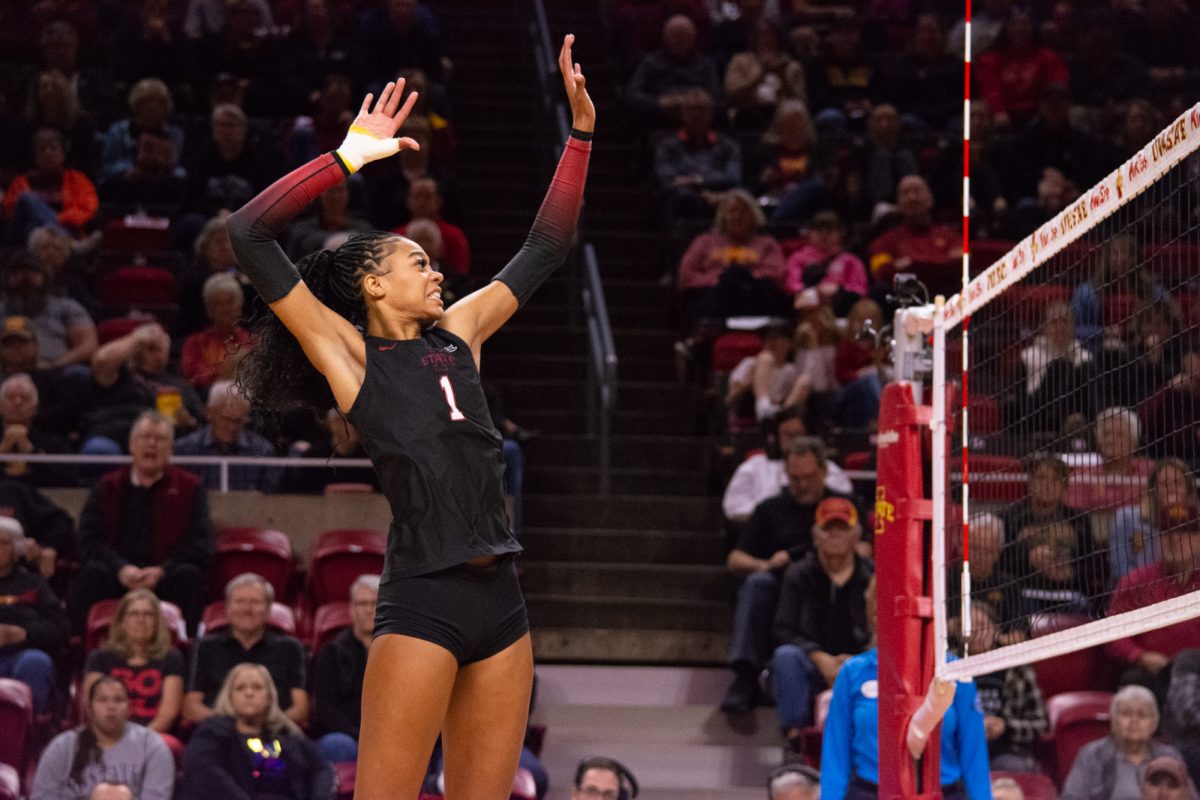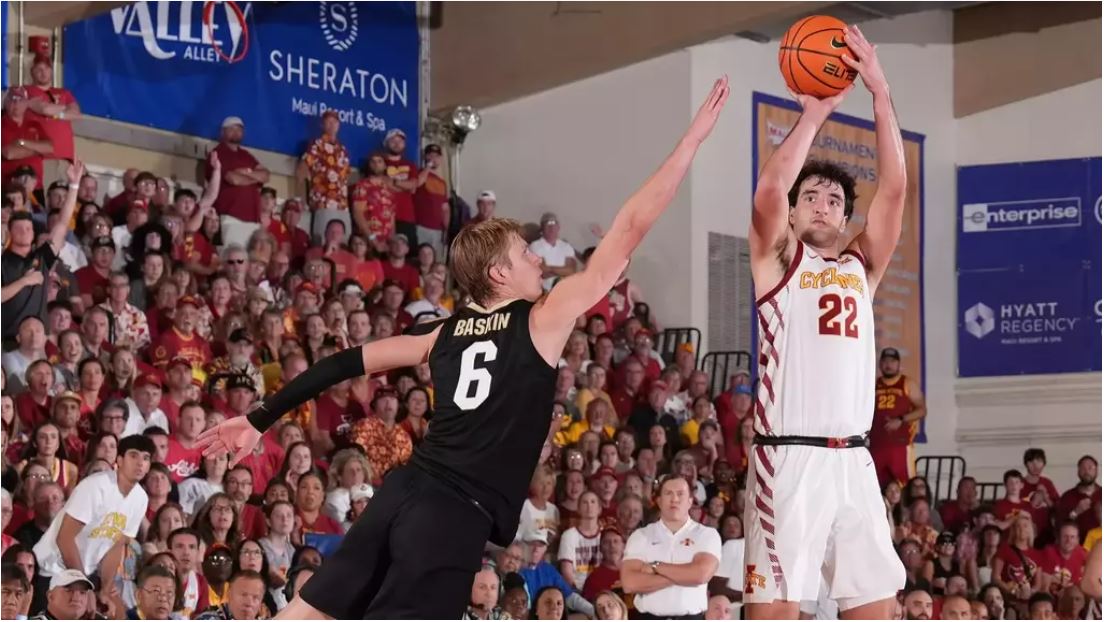Soar in 4 Program: Is it on the fly, or has it hit the ground?
December 11, 2003
Contrary to what some ISU students believe, signing on the dotted line of a Soar in 4 contract does not automatically ensure a college degree in four years.
In an effort to make the pursuit of a degree in four years easier for students, Iowa State created the Soar in 4 program in 1995.
The program’s intent is to provide all of the resources necessary for almost any student on campus — except for those students in architecture or landscape architecture, programs that require five years — to graduate with a degree in eight academic semesters.
Beverly Madden, coordinator of Soar in 4, said the program is the university’s assurance to students and their parents that it is supportive of their goals.
Madden said the goal of the university is to make sure classes needed by all students in order to graduate are available, by acting in such ways as using the buildings on campus to their maximum efficiency.
In order for students to become a part of the Soar in 4 program, they must sign a contract with their advisers. By signing the contract, the student is guaranteed that if he or she works as hard as possible on maintaining a semester-by-semester plan to receive a degree in four years, or eight academic semesters, the university will pay for any extra classes needed that go beyond the four years the student is at Iowa State.
This situation would only arise if the student ran into class availability problems during his or her first four years at Iowa State and there were no other alternatives.
“A department will first try to find a substitute for a required course, or make an individual study assignment, or maybe waive the requirement,” Madden said.
Madden said the University of Iowa and the University of Northern Iowa have programs similar to Soar in 4, and no institution, including Iowa State, has ever paid for extra classes for students who remained committed to the four-year plan.
Madden emphasized the importance of student initiative when signing the Soar in 4 plan.
“I think it is akin to signing a New Year’s resolution. It lays out the plans that the students need to take to graduate in four years, and we provide the adviser, but the student needs to take responsibility and commit to it,” Madden said. “Just because you sign the contract doesn’t guarantee graduation.”
When creating the Soar in 4 plan in 1995, Iowa State had goals in mind other than increasing four year graduation rates. “A lot of what we want to do is getting students to carry a full load, or 15 to 18 credits a semester,” Madden said.
It is also important for students to know that if they signs the Soar in 4 plan, and then fall behind by either not scheduling courses that should be scheduled or by flunking a class, their Soar in 4 contract is void until the student catches up to the four year plan, Madden said.
She said if a student signs a Soar in 4 contract, he or she still has the responsibility to initiate contact with their advisers.
“The student will get no call from the adviser. It’s a student responsibility. The problem is that students are in and out of sync with the plan, and we can’t check if everybody’s semester plans are on track,” Madden said. “Some people think that we create two types of students — those who have signed the Soar in 4 contract, and those who have not. Priority only comes about if someone’s schedule is extremely complex, which the Soar in 4 program doesn’t cover.”
With class availability being such an important part of the university’s side of the bargain in the Soar in 4 plan, Madden said many measures are taken to ensure all students will have the ability to meet their degree requirements.
“A wait list for classes that are full is generated from Access Plus, and this is monitored daily. There is a group, the Course Availability Group, who can impact the availability of courses for students. A wait list enables a department to know how many students have requested the course that are unable to get it, so this tells the department that they need to either increase the class size of a section, or increase the number of sections for a particular course,” Madden said.
Madden said students also have the responsibility of checking to see if new sections become available.
Dan Rice, academic adviser for the College of Liberal Arts and Sciences, said he doesn’t see the contract as necessary in most cases.
“I don’t think that many Iowa State students need to sign them, because we graduate them in time often. Also, I think graduating in four years is overemphasized. Looking at four-year graduation rates for those students who have signed the plan, and for those who haven’t, the graduation rates aren’t influenced much,” Rice said.
Madden said she understands obtaining a degree in four years may not be possible for some students. “They may need internship experience, for example,” Madden said.
“So our main goal isn’t to say that you need to graduate in four years, but that if you want to do it, you can do it.”





